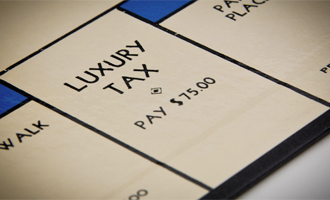Reelected to a second term, President Barack Obama is speaking with new force and clarity about the threat of climate change; and he is encouraging the Environmental Protection Agency to take bold steps to reduce dangerous greenhouse gas emissions. To make up for Congressional unwillingness to legislate, the Obama administration seems ready to do all it can through executive actions. Many professional environmentalists are delighted, and will rely on inside-the-beltway lobbying to urge regulators onward. That is fine for the short run, but it would be too bad if efforts to counter damage from global warming stopped at insider advocacy.
The new few years are exactly the right time to build a broad nationwide network of popularly rooted organizations committed to supporting carbon-capping as part of America’s transition to a green economy. To be prepared when the next opening arises in Congress, organizational efforts must reach far beyond the Beltway – to knit together alliances and inspire tens of millions of ordinary Americans to push for change. more...


 Research to Improve Policy: The Scholars Strategy Network seeks to improve public policy and strengthen democracy by organizing scholars working in America's colleges and universities. SSN's founding director is Theda Skocpol, Victor S. Thomas Professor of Government and Sociology at Harvard University.
Research to Improve Policy: The Scholars Strategy Network seeks to improve public policy and strengthen democracy by organizing scholars working in America's colleges and universities. SSN's founding director is Theda Skocpol, Victor S. Thomas Professor of Government and Sociology at Harvard University.